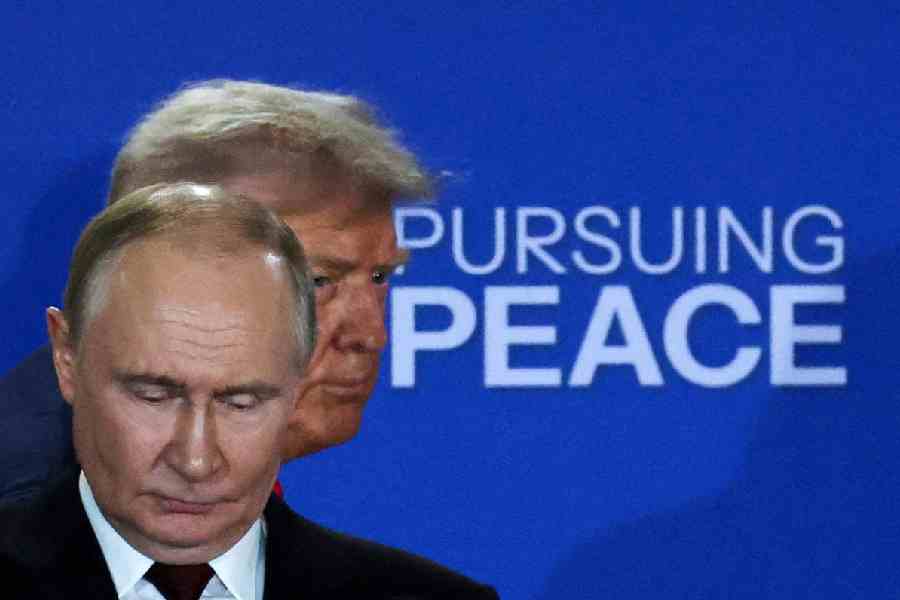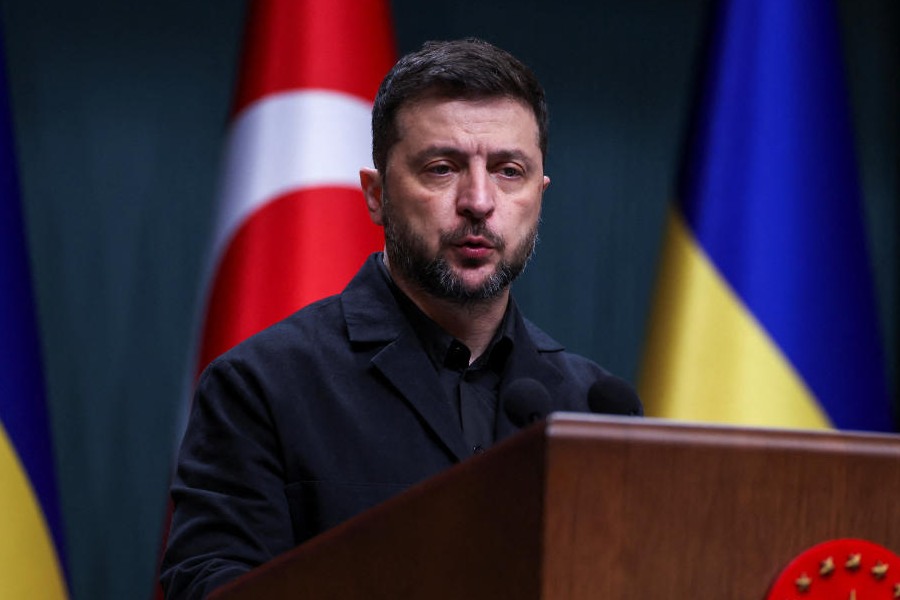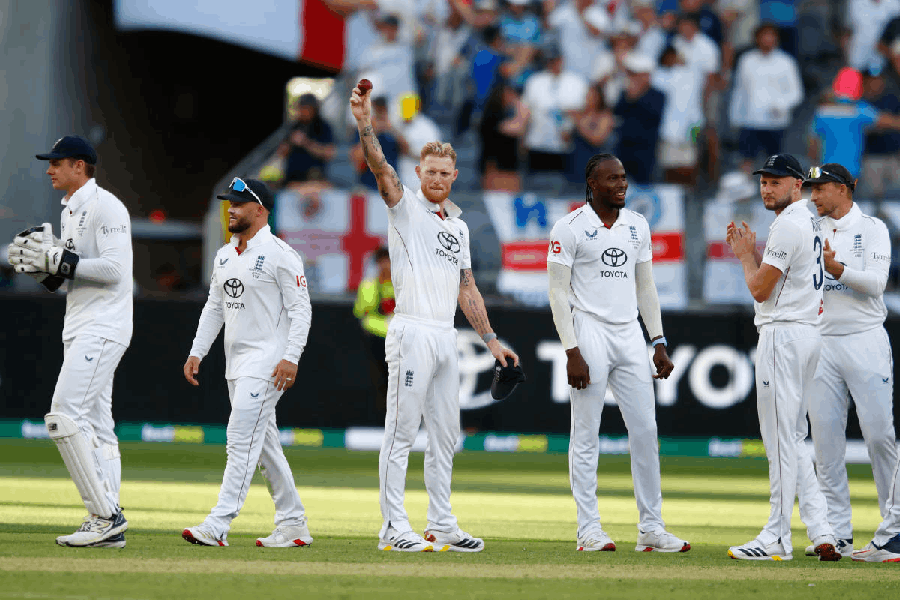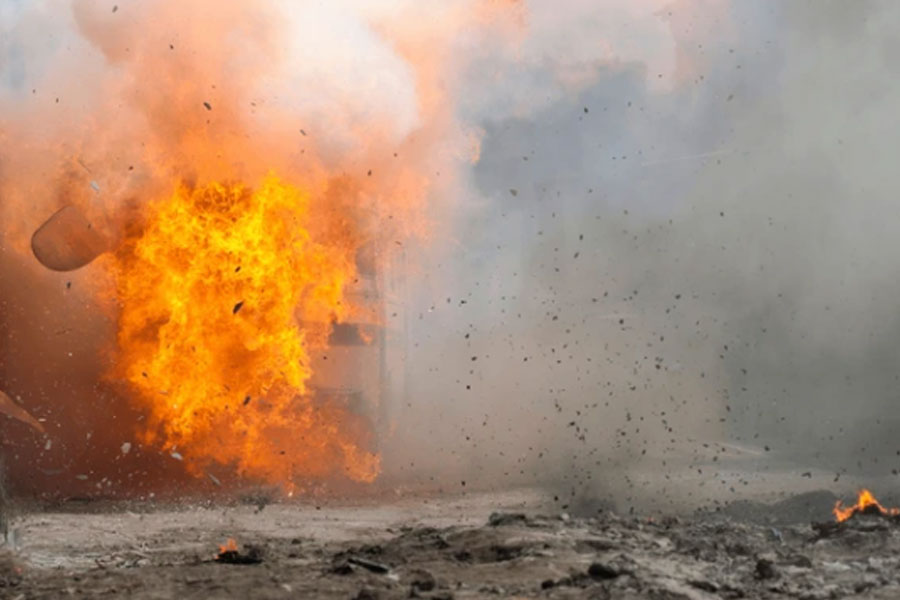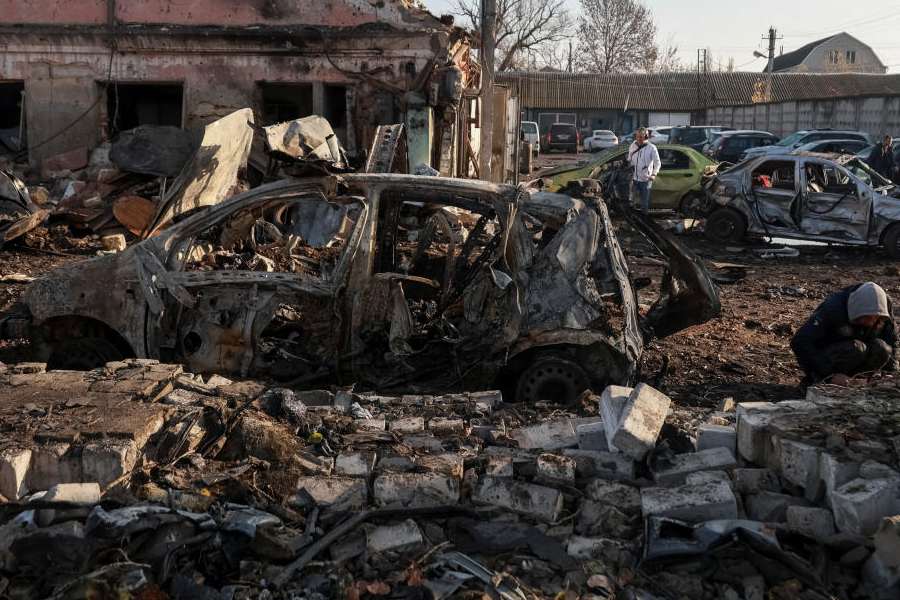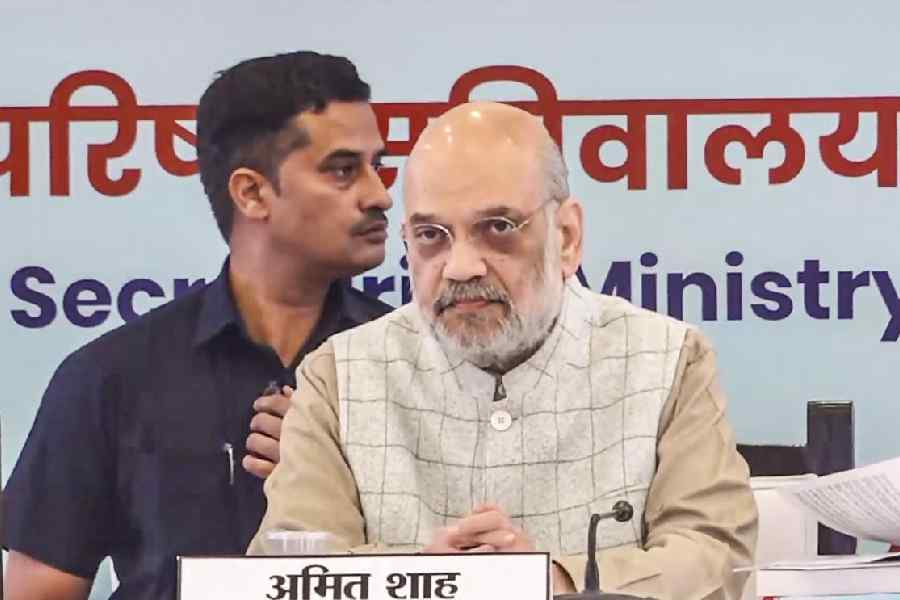The Ukraine saga continues with the optimism of the last week giving way to that very familiar pessimism about the trajectory of the conflict on the battlefield and of peace-making in diplomatic boardrooms. The president of the United States of America, Donald Trump, had always made a big deal about his ability to end wars and despite him trying, he is realising that wars do not end just because a political leader wants to win the Nobel Prize. Wars end when either of the antagonists decides that the battlefield realities have turned against them decisively. In the case of Ukraine, he did make a valiant attempt by getting — finally — the Russian president, Vladimir Putin, and the Ukrainian president, Volodymyr Zelensky, to Washington to agree to a need for an early conclusion to the war. But beyond that, his public summitry over the last few days has been able to achieve very little.
It is, therefore, not surprising that Trump himself is now admitting that the conflict was “a tough one” to solve. He even conceded that it was possible that the Russian president was not interested in ending hostilities, underlining that “it's possible that he doesn't want to make a deal.”
The much-vaunted Trump-Putin summit turned out to be largely symbolic, bolstering Putin’s global stature while generating scepticism about the US’s strategic posture towards Russia and Ukraine. The lack of concrete outcomes left the fundamental issues unresolved and raised concerns among allies. The summit ended without a ceasefire or a binding peace deal for the Russia-Ukraine war, with both leaders underlining that “there’s no deal until there’s a deal”.
This despite Trump dropping his prior insistence on a ceasefire even as he signalled openness to easing sanctions and even hinted at possible acceptance of some Russian territorial gains. There was talk of future meetings — potentially in Moscow — and a tripartite one including Zelensky but the main beneficiary of the whole theatre was Putin who received a red-carpet welcome, military flyovers, and even rode in Trump’s limousine in a symbolic restoration of his international legitimacy.
Then it was the turn of the Ukrainian president, Zelensky, to be hosted by Trump in the White House alongside European allies where the tone was noticeably friendlier than their earlier, more confrontational, exchange. Yet, despite this optimistic tone, actual substance and commitments remain uncertain.
Trump expressed willingness to offer 'NATO-like' security guarantees without full membership, emphasising European-led support with the US taking a more indirect role. This happened after Zelensky and the European leaders managed to convince Trump that such commitments would be critical for sustaining Kyiv’s sovereignty in the event of a peace deal. According to Zelensky, a part of the security guarantee would involve a $90 billion arms deal between the US and Ukraine. But in his own way, the US president underlined the need for Russia and Ukraine to move directly to a permanent peace deal instead of a ceasefire, which Putin seems in no mood to deliver.
While there was a broad support for a three-way meeting — among Trump, Zelensky, and Putin — the Kremlin hasn't officially committed to such a possibility. In fact, even as it played down talk of an imminent summit between Putin and Zelensky, Trump renewed his call for a meeting of the two leaders. Going back on his earlier statement, Trump is now suggesting "it would be better" if the two leaders initially met without him, expressing his willingness to attend a meeting with them "if necessary" but he wanted to "see what happens”.
The war aims of the two contesting sides remain irreconcilable, with Russia focusing on maintaining territorial control over annexed regions (Crimea, Donbas, parts of southern Ukraine), preventing NATO expansion, and undermining Ukrainian sovereignty. For Ukraine, full territorial restoration (including Crimea), justice for war crimes, full sovereignty, and NATO membership still remain the main aims even though most are getting diluted under pressure from Trump.
Meanwhile, the military stalemate on the battlefield is a reality. Both sides have suffered massive losses but still control significant territory. Neither side has achieved a decisive breakthrough. Russia’s military is dug in; Ukraine relies heavily on external military aid. War fatigue is setting in, but neither side sees military defeat as imminent. Just in the last few days, Russia has launched hundreds of drones and missiles on western Ukraine, targeting Zaporizhzhia, Dnipropetrovsk, and Lviv.
Domestic politics further complicates the issues at hand. Any peace involving territorial concessions is likely to be politically untenable in Ukraine. For Putin, withdrawal could be seen as humiliation and threaten regime stability. Western leaders, too, will face domestic backlash if they’re seen to ‘force’ Ukraine into a bad deal. This conflict is embedded in a global political order which is in flux. China, Iran, and others support or benefit from Russia’s prolonged defiance of the West even as Western powers remain divided on how hard to push for a Ukrainian victory versus a negotiated end. Global South countries often stay neutral or sceptical of Western-led diplomacy.
For all his claims that he can settle the conflict in 24 hours, Trump’s challenges in ending the Russia-Ukraine war are growing by the day as he has to balance three conflicting pressures: satisfying Putin enough to make peace, supporting Ukraine without alienating US allies or domestic voters, and doing it all without appearing to be weak or transactional. He cannot seem to be overtly rewarding Putin while abandoning Ukraine. The US allies want peace, but not at the cost of long-term security in Europe. As the French president, Emmanuel Macron, told other European leaders: “When we talk about security guarantees, we're also talking about the matter of the security of the European continent." And of course, Trump’s MAGA base certainly wants him to ‘stop endless wars’ but without looking weak, which is a very narrow lane.
It's not clear how Trump can manage to achieve this nearly impossible balancing act. So far, despite his best attempts, he seems to be failing in his search for that elusive Nobel Prize.
Harsh V. Pant is Professor of International Relations, King's College London

